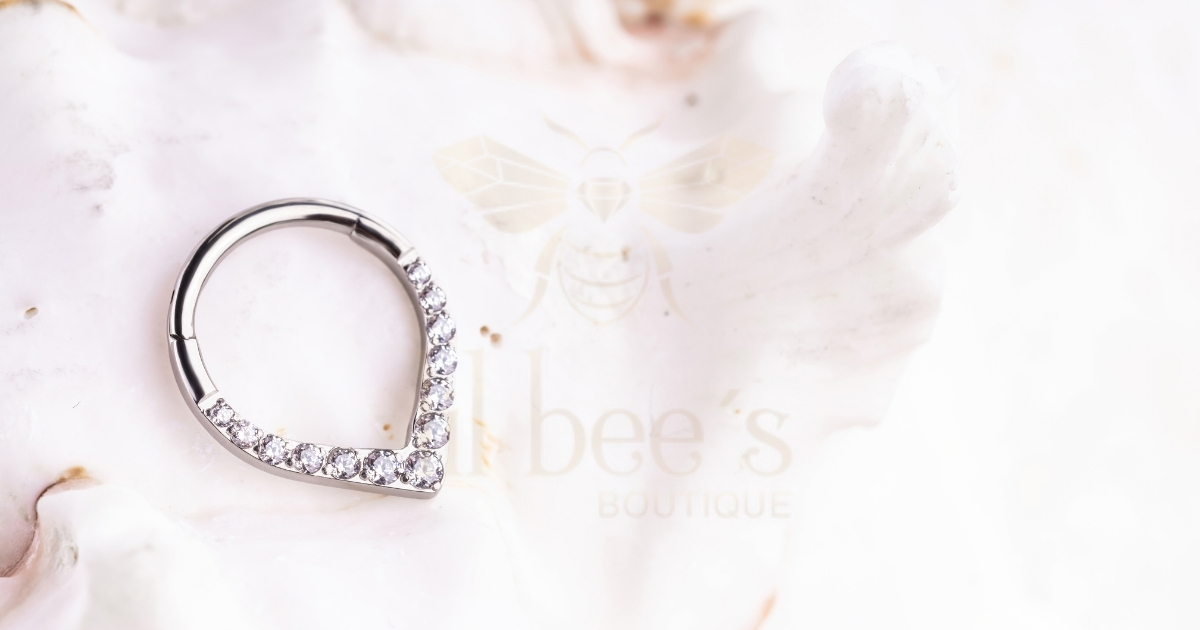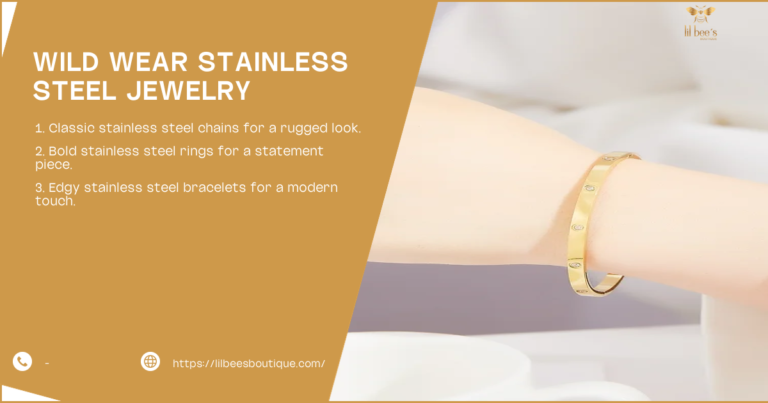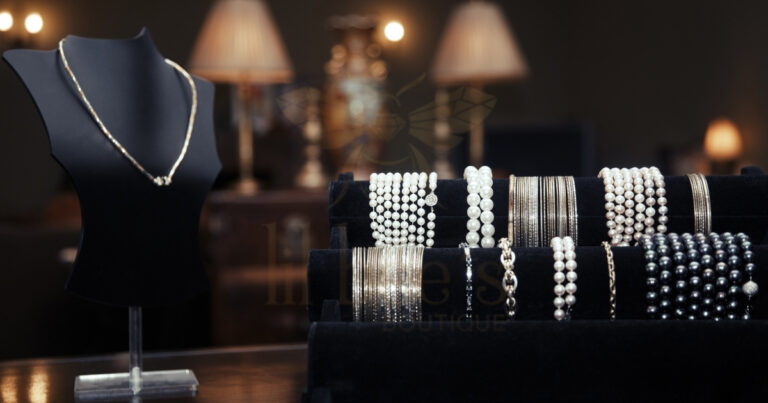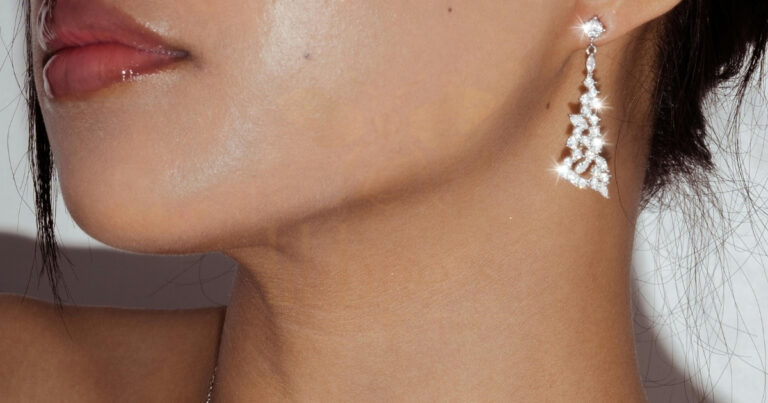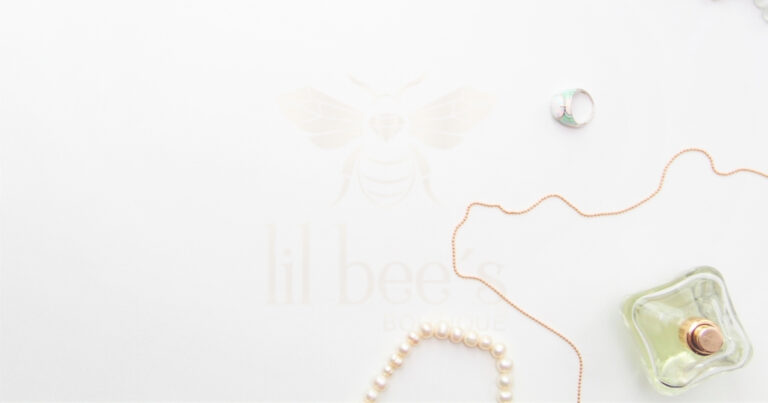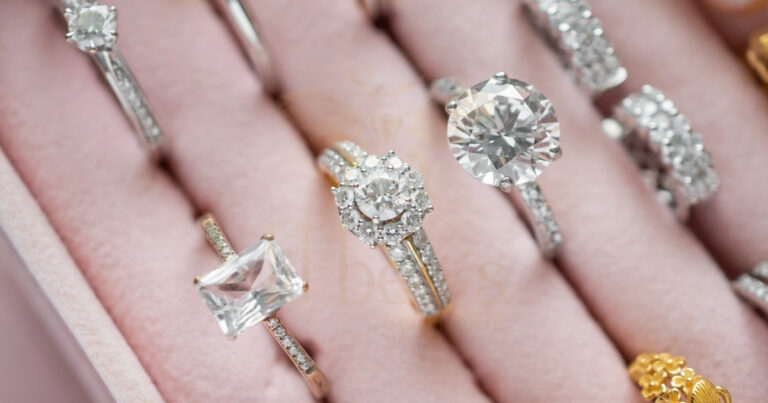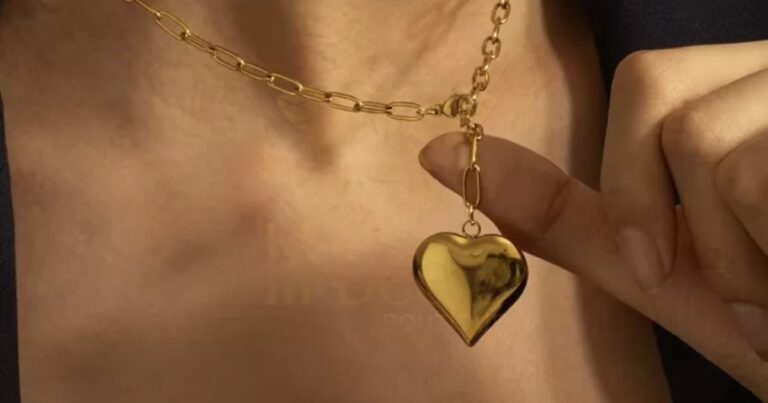When it comes to choosing jewelry, the material plays a crucial role in determining its durability, appearance, and overall value. Two popular options that often come up in the jewelry world are alloy and stainless steel. In this comprehensive guide, we’ll explore the differences between alloy vs stainless steel jewelry , helping you make an informed decision for your collection.
Properties of Stainless Steel Jewelry
Stainless steel jewelry is made from a specific type of steel alloy containing at least 10.5% chromium. This composition gives stainless steel its signature properties:
- Corrosion resistance
- Durability
- Strength
- Hypoallergenic nature
The most common type of stainless steel used in jewelry is 316L, which contains additional elements like nickel and molybdenum for enhanced corrosion resistance.
| Property | Alloy Jewelry | Stainless Steel Jewelry |
| Composition | Varies (mix of metals) | At least 10.5% chromium |
| Malleability | Generally higher | Lower |
| Customization | Easier to work with | More challenging to shape |
| Typical uses | Wide range of jewelry | Watches, rings, bracelets |
Durability Comparison: Alloy vs Stainless Steel Jewelry
When investing in jewelry, durability is a key factor to consider. Let’s compare alloy and stainless steel jewelry in terms of their ability to withstand daily wear and tear.
Scratch Resistance
Stainless steel jewelry generally offers superior scratch resistance compared to most alloy jewelry. The hardness of stainless steel makes it less prone to surface damage from everyday activities.
Alloy jewelry’s scratch resistance can vary depending on its composition. Some alloys, like those used in white gold, may be more susceptible to scratches than others.
Tarnish and Corrosion Resistance
Stainless steel jewelry excels in tarnish and corrosion resistance due to its chromium content. This protective layer helps prevent oxidation and discoloration, even when exposed to moisture or chemicals.
Alloy jewelry’s resistance to tarnish and corrosion depends on its composition. Some alloys, like sterling silver, may require regular polishing to maintain their luster, while others, like gold alloys, are more resistant to tarnishing.
- Durability factors to consider:
- Daily wear and tear
- Exposure to chemicals (perfumes, lotions)
- Contact with water
- Storage conditions
Aesthetic Appeal: Alloy vs Stainless Steel Jewelry Designs
The visual appeal of jewelry is often a primary consideration for many buyers. Both alloy and stainless steel offer unique aesthetic qualities that cater to different tastes and styles.
Color Options and Finishes
Alloy jewelry provides a wide range of color options due to its versatile composition. Jewelers can create various hues by adjusting the metal ratios in the alloy. Common color options include:
- Yellow gold
- Rose gold
- White gold
- Silver tones
Stainless steel jewelry typically has a sleek, silvery-gray appearance. While it may not offer as many color variations as alloys, it can be finished in different ways to achieve various looks:
- Polished
- Brushed
- Matte
- Black (through coating processes)
Versatility in Jewelry Styles
Both alloy and stainless steel can be used to create a wide range of jewelry styles. However, alloys are generally more versatile due to their malleability and ease of working with.
Stainless steel is often favored for contemporary and minimalist designs, while alloys can be used for both traditional and modern styles. At Lil Bee’s Boutique, you’ll find a diverse selection of both alloy and stainless steel jewelry to suit various tastes and preferences.
| Aesthetic Aspect | Alloy Jewelry | Stainless Steel Jewelry |
| Color options | Wide range | Limited (mainly silver tones) |
| Finishes | Various | Polished, brushed, matte |
| Design versatility | High | Moderate |
| Popular styles | Traditional to modern | Contemporary, minimalist |
Popular Jewelry Types in Alloy and Stainless Steel 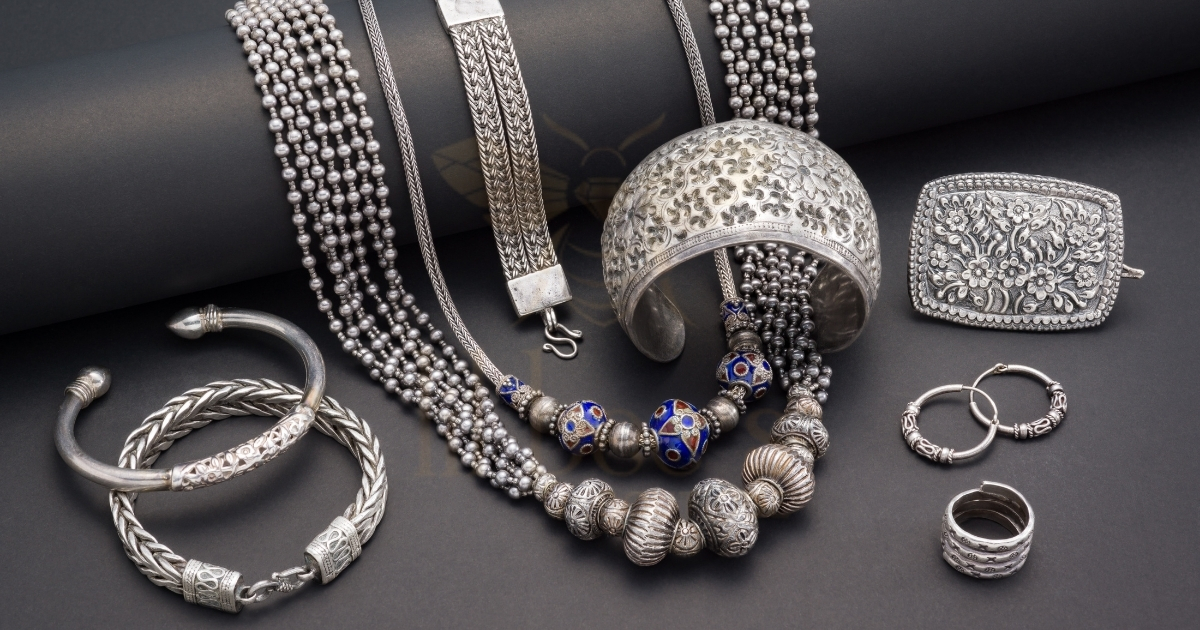
Both alloy and stainless steel are used to create a wide variety of jewelry pieces. Let’s explore some popular types of jewelry available in these materials.
Necklaces and Pendants
Alloy necklaces and pendants offer a range of styles, from delicate chains to statement pieces. They can feature intricate designs and gemstone settings.
Stainless steel necklaces are often favored for their durability and sleek appearance. They’re particularly popular for pendant necklaces and dog tag styles.
Rings and Bracelets
Alloy rings and bracelets come in various designs, from traditional wedding bands to fashion-forward statement pieces. They can be easily resized and engraved.
Stainless steel rings and bracelets are known for their strength and scratch resistance. They’re popular choices for men’s jewelry and minimalist designs.
Earrings and Body Jewelry
Alloy earrings offer versatility in design and are suitable for various ear piercings. They can be crafted into intricate shapes and set with gemstones.
Stainless steel is a popular choice for body jewelry due to its hypoallergenic properties. It’s commonly used for studs, hoops, and industrial piercings.
| Jewelry Type | Alloy Advantages | Stainless Steel Advantages |
| Necklaces | Design versatility | Durability, tarnish resistance |
| Rings | Easy to resize | Scratch resistance |
| Earrings | Lightweight options | Hypoallergenic for sensitive ears |
| Body jewelry | Various designs | Biocompatibility |
Care and Maintenance Tips for Alloy and Stainless Steel Jewelry
Proper care and maintenance can significantly extend the life and beauty of your jewelry. Here are some tips for keeping your alloy and stainless steel pieces in top condition.
Cleaning Methods
For alloy jewelry:
- Use a soft cloth to gently polish the surface
- Clean with mild soap and warm water for stubborn dirt
- Consider professional cleaning for precious metal alloys
For stainless steel jewelry:
- Wipe with a damp cloth to remove everyday grime
- Use a mild soap solution for deeper cleaning
- Dry thoroughly to prevent water spots
Storage Recommendations
To keep your jewelry looking its best:
- Store alloy and stainless steel pieces separately to prevent scratching
- Use soft cloth pouches or lined jewelry boxes
- Keep jewelry away from humidity and direct sunlight
- Remove jewelry before swimming or using harsh chemicals
- General care tips:
- Remove jewelry before sleeping or exercising
- Apply lotions and perfumes before putting on jewelry
- Regularly inspect for loose stones or clasps
- Have professional inspections for valuable pieces
Choosing Between Alloy and Stainless Steel Jewelry 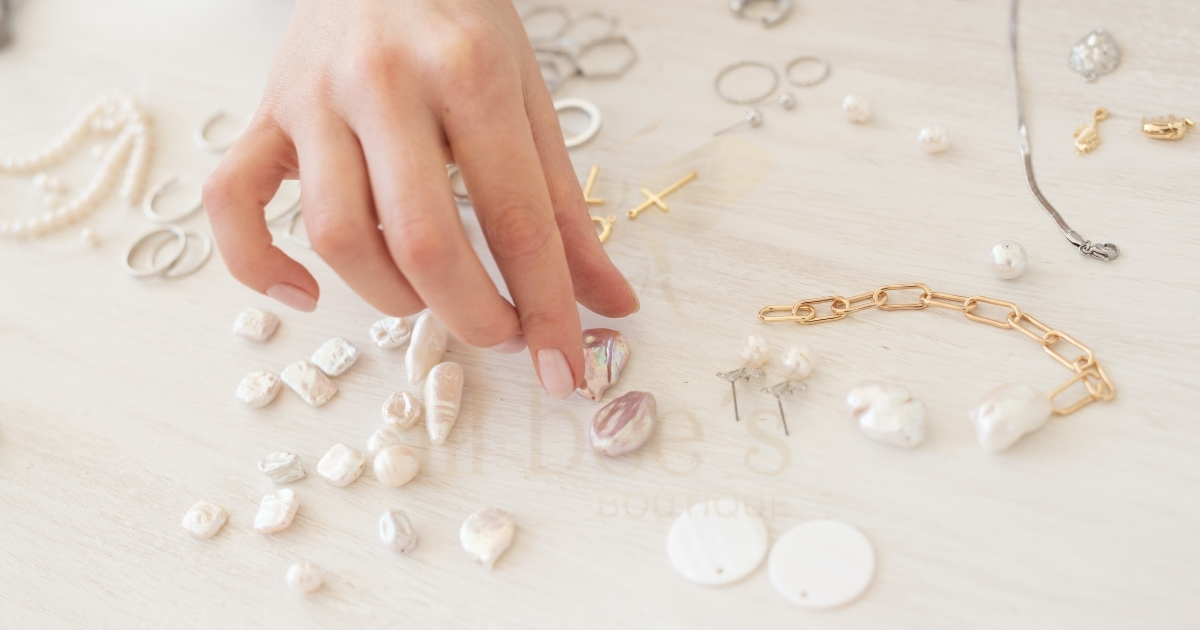
When deciding between alloy and stainless steel jewelry, several factors come into play. Consider these aspects to make the best choice for your needs and preferences.
Factors to Consider
- Budget: Determine how much you’re willing to spend on your jewelry piece
- Durability requirements: Consider your lifestyle and how often you’ll wear the jewelry
- Skin sensitivity: If you have allergies, opt for hypoallergenic options
- Style preferences: Think about the designs and finishes that appeal to you
- Maintenance willingness: Consider how much time you’re willing to spend on jewelry care
Personal Preferences and Lifestyle
Your personal style and daily activities play a significant role in choosing between alloy and stainless steel jewelry. Consider:
- Work environment: Do you need jewelry that can withstand frequent hand washing or exposure to chemicals?
- Fashion sense: Are you looking for versatile pieces or statement jewelry?
- Long-term investment: Do you want jewelry that may appreciate in value over time?
At Lil Bee’s Boutique, we offer a diverse selection of both alloy and stainless steel jewelry to cater to various preferences and lifestyles. Our knowledgeable staff can help you find the perfect piece that balances style, durability, and value. Sleek steel wristwear shines on your arm like a modern bracelet It tells time and looks cool with its smooth metal design Stainless cleaner solution helps make shiny metal surfaces look clean and new It removes dirt and marks from stainless steel appliances and objects
Stainless jewelry artisans create beautiful and durable accessories using special metal that doesn’t rust or tarnish Hypoallergenic steel ornaments are special decorations made from a type of metal that rarely causes allergic reactions
Steel accessory refurbishment means fixing and making old steel items look new again This process can make rusty or worn steel accessories shiny and useful once more Jewelry allergies stainless is a type of metal used in jewelry that is less likely to cause allergic reactions
Outdoor-inspired metal adornments bring nature’s beauty into jewelry and decorations These accessories feature designs that remind us of plants animals and landscapes Steel gram calculations
Stainless jewelry colorfast means the jewelry keeps its color and shine for a long time Steel jewelry worth Steel jewelry is affordable and durable making it a good choice for everyday wear without breaking the bank
Stainless bracelets shine brightly on wrists and catch the light They are durable and stay shiny for a long time without tarnishing
| Consideration | Alloy Jewelry | Stainless Steel Jewelry |
| Price range | Wide (depends on metals used) | Generally more affordable |
| Durability | Varies by composition | High |
| Style options | Extensive | More limited, contemporary |
| Maintenance | May require more care | Low maintenance |
| Investment potential | Higher for precious metal alloys | Lower |

